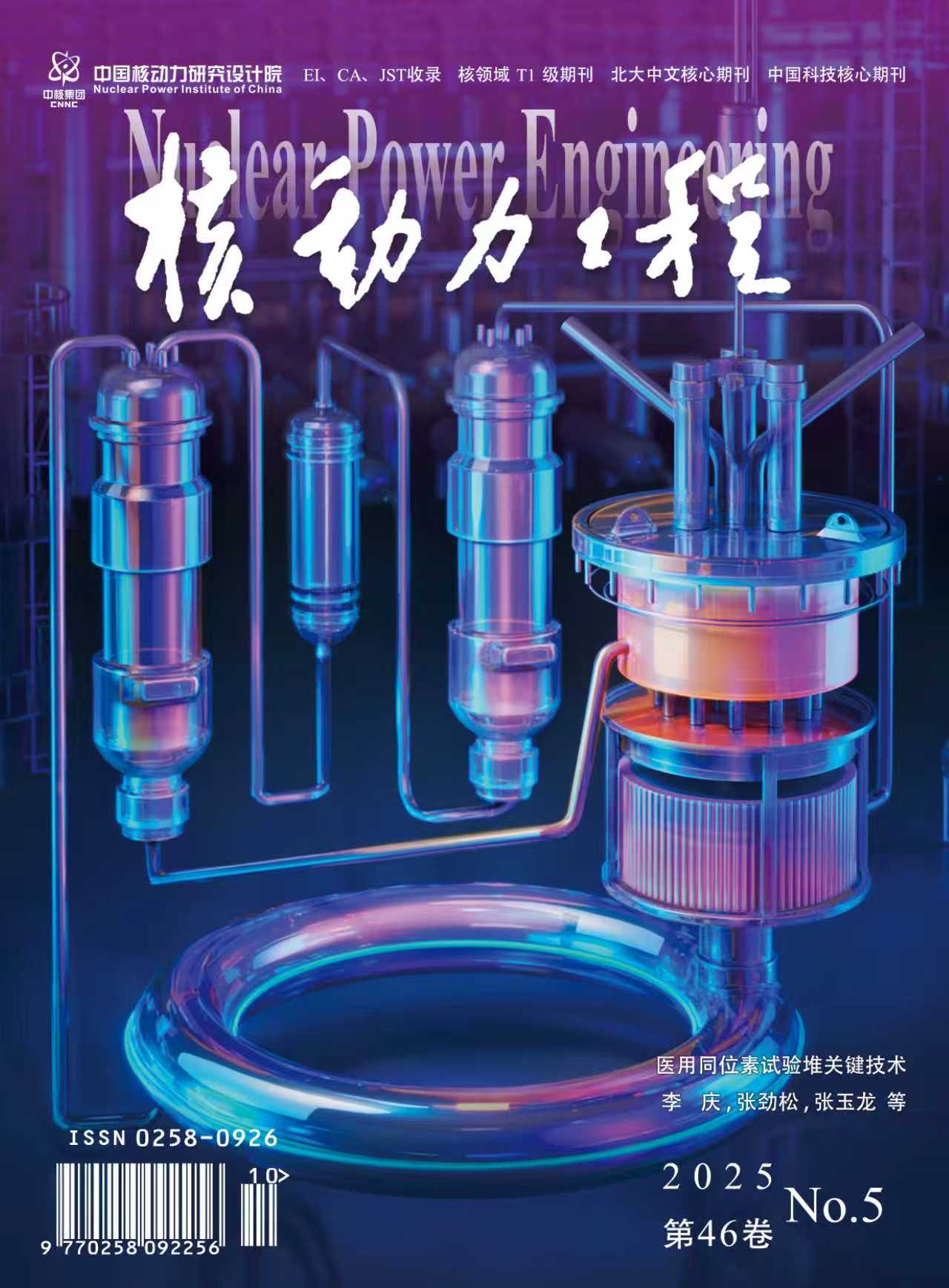2005 Vol. 26, No. S1
Display Method:
2005, 26(S1): 1-6.
Abstract:
2005, 26(S1): 7-10,18.
Abstract:
2005, 26(S1): 11-18.
Abstract:
2005, 26(S1): 19-23.
Abstract:
2005, 26(S1): 24-29.
Abstract:
2005, 26(S1): 30-32,44.
Abstract:
2005, 26(S1): 33-34,51.
Abstract:
2005, 26(S1): 35-38.
Abstract:
2005, 26(S1): 39-44.
Abstract:
2005, 26(S1): 45-47.
Abstract:
2005, 26(S1): 48-51.
Abstract:
2005, 26(S1): 52-54.
Abstract:
2005, 26(S1): 55-57,61.
Abstract:
2005, 26(S1): 58-61.
Abstract:
2005, 26(S1): 62-64.
Abstract:
2005, 26(S1): 65-72.
Abstract:
2005, 26(S1): 73-77.
Abstract:
2005, 26(S1): 78-81.
Abstract:
2005, 26(S1): 82-86.
Abstract:
2005, 26(S1): 87-89,115.
Abstract:
2005, 26(S1): 90-92,119.
Abstract:
2005, 26(S1): 93-96.
Abstract:
2005, 26(S1): 97-102.
Abstract:
2005, 26(S1): 103-108.
Abstract:
2005, 26(S1): 109-115.
Abstract:
2005, 26(S1): 116-119.
Abstract:
2005, 26(S1): 120-122.
Abstract:
2005, 26(S1): 123-125.
Abstract:



